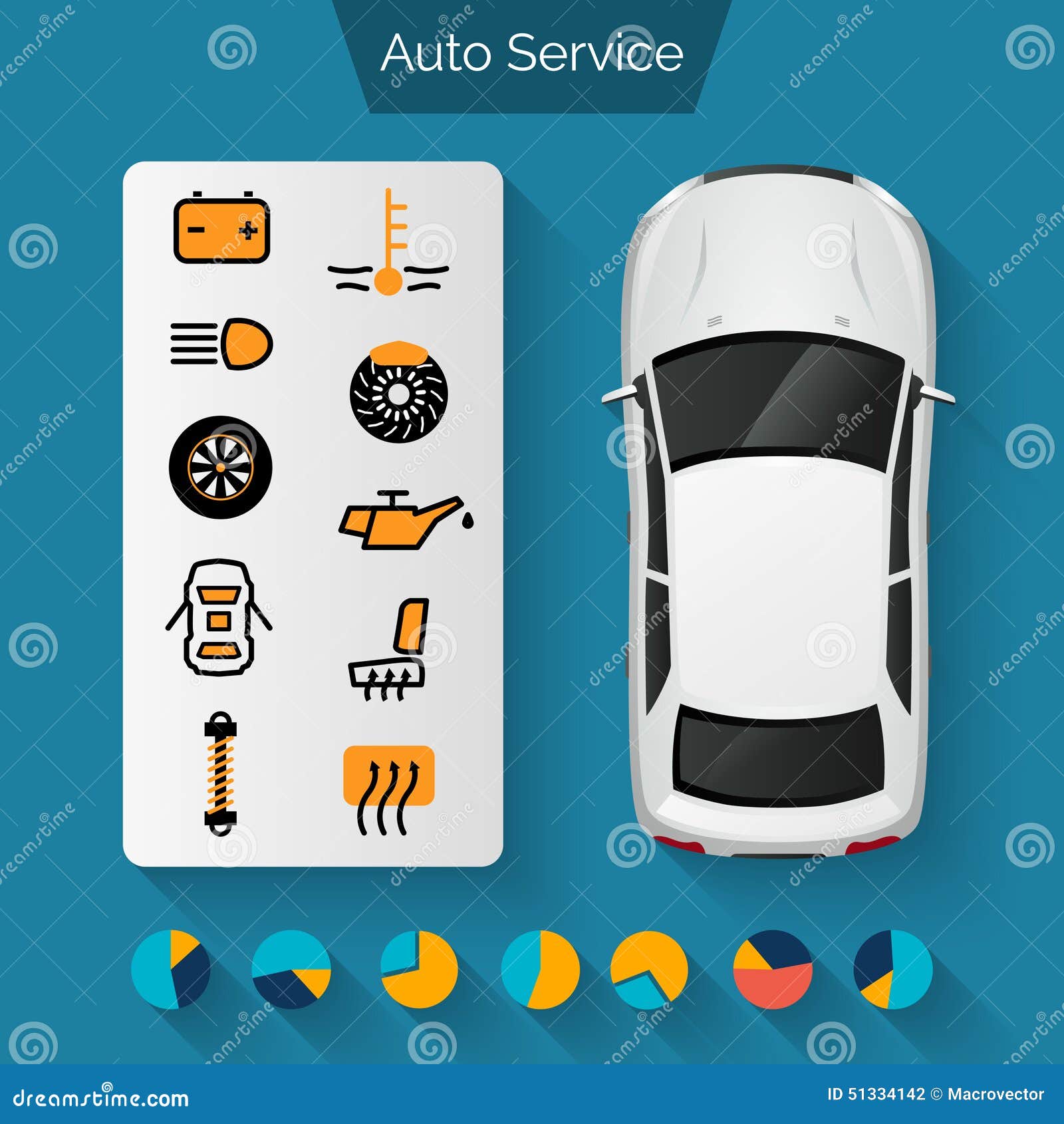Intend To Find Out More Concerning The Warning Lights On Your Control Panel? Reveal What They Indicate Regarding Your Car'S Health And Wellness
Intend To Find Out More Concerning The Warning Lights On Your Control Panel? Reveal What They Indicate Regarding Your Car'S Health And Wellness
Blog Article
Uploaded By-Hartley Winters
When you lag the wheel, those beautiful caution lights on your dashboard can be a little bit complicated. Do you know what they're attempting to inform you concerning your auto's health? Recognizing the importance of these lights is crucial for your safety and security and the long life of your vehicle. So, the next time among those lights turns up, would not you intend to decode its message properly and take the essential actions to resolve it?
Common Warning Lighting and Interpretations
Determine typical warning lights in your car and understand their definitions to ensure safe driving.
One of the most normal caution lights include the check engine light, which signals problems with the engine or exhausts system. If Battery Jump Start Service Near Me comes on, it's vital to have your car examined without delay.
The oil stress advising light suggests low oil stress, requiring immediate attention to avoid engine damages.
https://www.lenconnect.com/story/entertainment/events/2022/02/03/70th-annual-tip-up-festival-returns-devils-lake-weekend/9314197002/ flashing battery light may suggest a defective billing system, possibly leaving you stranded otherwise dealt with.
The tire pressure monitoring system (TPMS) light notifies you to reduced tire stress, influencing automobile security and gas performance. Overlooking this might bring about harmful driving problems.
The abdominal muscle light suggests an issue with the anti-lock stopping system, compromising your capability to quit swiftly in emergency situations.
Lastly, the coolant temperature warning light warns of engine getting too hot, which can lead to severe damages otherwise solved swiftly.
Comprehending these usual warning lights will certainly help you attend to problems without delay and keep risk-free driving problems.
Relevance of Prompt Attention
Understanding the typical caution lights in your auto is only the first step; the relevance of without delay dealing with these cautions can not be stressed sufficient to guarantee your safety and security when driving.
When a warning light brightens on your control panel, it's your cars and truck's means of connecting a prospective issue that needs attention. Overlooking these cautions can lead to extra serious problems later on, jeopardizing your safety and potentially costing you a lot more out of commission.
just click the next webpage to cautioning lights can avoid failures and crashes. As an example, a blinking check engine light could indicate a misfire that, if left neglected, might create damages to the catalytic converter. Resolving this promptly can save you from an expensive repair service.
Similarly, a brake system alerting light might signify low brake fluid or used brake pads, essential elements for your safety when driving.
DIY Troubleshooting Tips
If you notice a warning light on your control panel, there are a few do it yourself troubleshooting suggestions you can try prior to looking for professional aid.
The primary step is to consult your car's handbook to comprehend what the particular warning light shows. Occasionally the concern can be as basic as a loose gas cap activating the check engine light. Tightening up the gas cap may settle the problem.
Another usual issue is a low battery, which can activate numerous advising lights. Inspecting the battery connections for corrosion and ensuring they're protected could take care of the problem.
If a warning light continues, you can try resetting it by disconnecting the cars and truck's battery for a couple of minutes and then reconnecting it. In addition, inspecting your automobile's liquid degrees, such as oil, coolant, and brake fluid, can help troubleshoot cautioning lights related to these systems.
Final thought
To conclude, understanding your auto's caution lights is crucial for maintaining your vehicle running efficiently and securely. By immediately attending to these signals and recognizing what they imply, you can stay clear of expensive repairs and potential break downs.
Remember to consult your vehicle's manual for specific information on each cautioning light and take action as necessary to make sure a trouble-free driving experience.
Stay informed, remain risk-free on the road!
